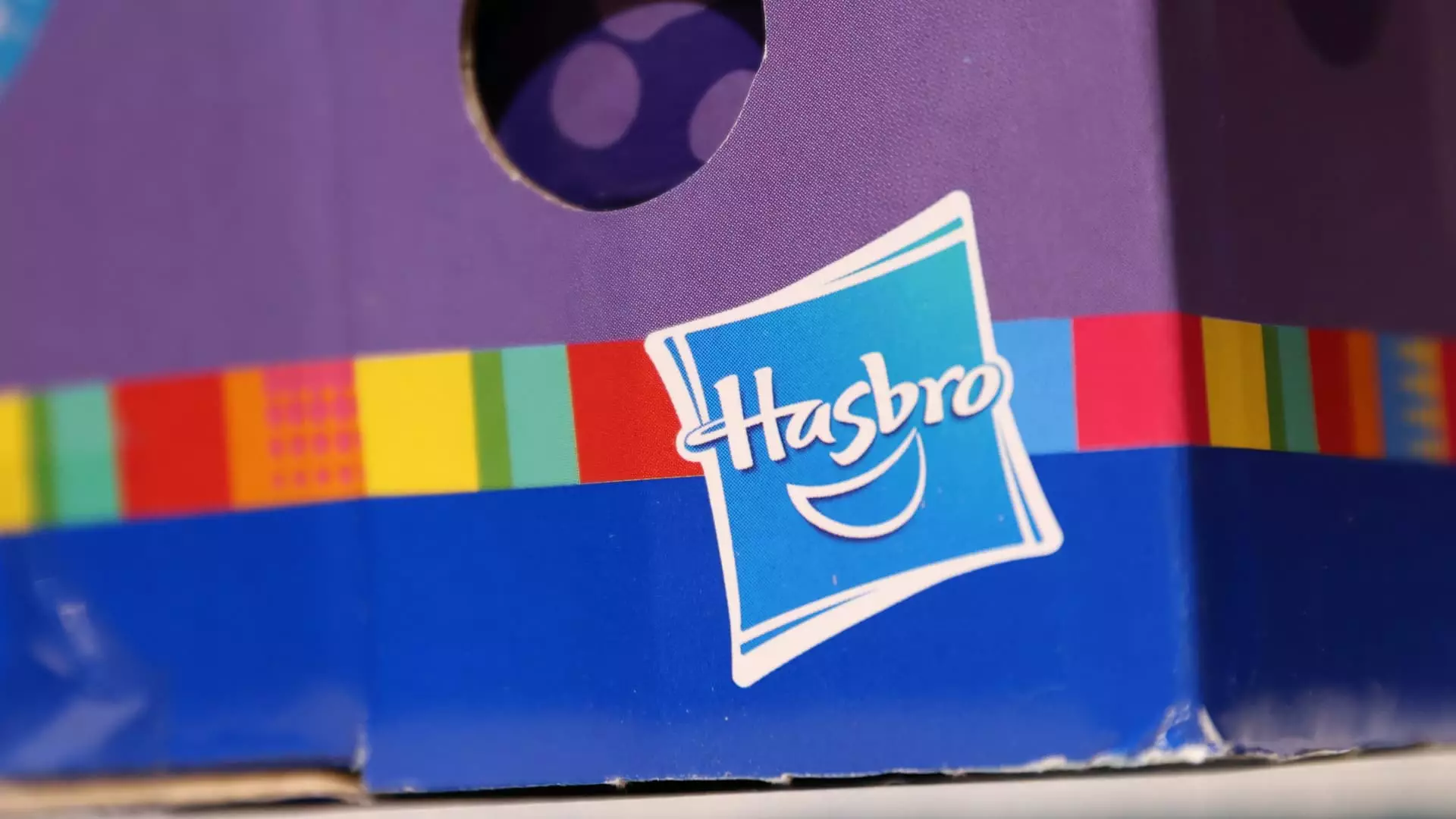In the continually evolving landscape of global business, toy and gaming giant Hasbro is confronting the challenges posed by U.S. tariffs on its manufacturing processes with a resolute and optimistic strategy. The recent remarks from Chief Financial Officer Gina Goetter during the company’s fourth-quarter earnings call indicate a proactive approach towards navigating these complexities. Reallocating manufacturing efforts outside China is a central theme, as the company seeks to mitigate potential financial repercussions from tariffs imposed by the U.S. government.
Hasbro’s updated projections for 2025 signal an intent to adjust financially to the evolving regulatory environment. The company has set its sights on an adjusted EBITDA of between $1.1 billion and $1.15 billion, reflecting a modest increase from the prior year’s performance. This optimistic forecast does not shy away from acknowledging the potential drag of tariffs, particularly on products stemming from China. By emphasizing a strategy that enhances the strength of its supply chain, Hasbro is poised to accommodate these changes, potentially shifting pricing strategies while still aiming to please shareholders amidst challenging economic conditions.
Rival firms such as Mattel are also grappling with similar tariff-related challenges, contemplating price hikes on popular products such as Barbie and Hot Wheels. This industry-wide pressure raises pertinent questions about consumer behavior and pricing elasticity, especially in sectors where competition remains fierce. As Hasbro cuts its reliance on China—from 50% of its U.S. toys and games down to less than 40%—it exemplifies a transformative pivot towards a more robust and diversified supply chain. With minimal sourcing from Mexico and none from Canada, it is clear that Hasbro is primarily focused on overcoming its challenges related to Chinese manufacturing.
Industry-wide performance predictions reveal a flat trajectory for the broader toy market in the coming year, with the possibility of trading cards and building blocks taking center stage. CEO Chris Cocks has expressed confidence that, despite the pressure of tariffs, Hasbro’s licensing sector is robust and fundamentally sheltered from external shocks. This sector remains a critical income driver, effectively neutralizing some of the adverse effects stemming from tariff implementations. It paints a picture of resilience amidst adversity, a trait that may serve the company well as it navigates the waters ahead.
Recently, Hasbro announced an innovative collaboration that melds creativity with traditional play. The partnership with Mattel to produce Play-Doh Barbie dolls ushers in an exciting new dimension for children’s play, encouraging imagination through creativity. This collaboration not only revitalizes brand engagement but also illustrates how Hasbro is uniting its assets to create compelling experiences in a competitive landscape. Such creative ventures could serve as a potential buffer against the financial strain imposed by tariffs, indicating that adaptability can often lead to growth opportunities.
Analyzing Hasbro’s recent fiscal performance reveals a nuanced picture. The company posted earnings of 46 cents per share, exceeding analysts’ expectations, yet it cannot escape scrutiny related to a notable year-on-year decline in revenue. A 15% reduction from the previous year’s fourth-quarter revenue, alongside an overall yearly drop, underscores the tangible impacts of market shifts and strategic transitions, notably attributed to the divestiture from its eOne division. By isolating these variables, one can measure the company’s intrinsic performance more accurately; excluding the divestiture, the revenue decline appears less severe at 7%.
Digital and licensed gaming, however, presents a silver lining. With a substantial revenue increase in this segment, Hasbro is skillfully tapping into evolving consumer trends. The runaway success of mobile gaming, particularly the mobile Monopoly Go!, indicates that even in a turbulent financial landscape, innovation can still spur growth and engagement.
Hasbro’s recent strategic pivots illustrate an adaptable and resilient company ready to tackle significant challenges, particularly those arising from tariffs related to its primary manufacturing base in China. Through diversifying supply chains, enhancing creative partnerships, and leveraging successful digital products, Hasbro is not merely surviving but positioning itself to thrive in an uncertain environment. The road ahead may be paved with obstacles, but Hasbro’s proactive strategies and commitment to innovation suggest a promising journey forward in the competitive world of toys and games.

Leave a Reply